Claisse® Platinum Crucibles & Molds Description
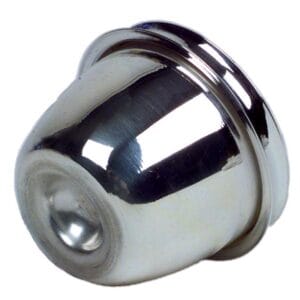
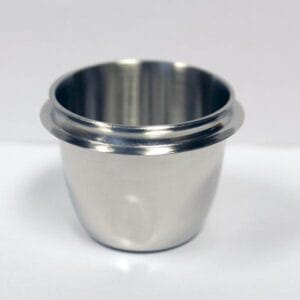
Claisse® Platinum Crucibles & Molds Specification
Size: Customized
Material: PtAu5 (95% Pt and 5% Au)
Purity: Pt ≥ 99.95%
All weights are in grams and all dimensions are in millimeters.
Claisse® Platinum Crucibles
Code | Description | Capacity | B | A2 | D | A1 | Weight |
PT0501 | BIS with dimple | 25ml | 32 | 37 | 20 | 43 | 26 |
PT0502 | BIS reinforced with dimple | 25ml | 32 | 37 | 20 | 43 | 30 |
PT0503 | Flat base no dimple | 25ml | 35 | 35 | 21 | 44 | 26 |
PT0504 | Flat base no dimple | 25ml | 35 | 35 | 21 | 44 | 30 |
PT0505 | Optimix | 25ml | 32 | 37 | 20 | 43 | 30 |
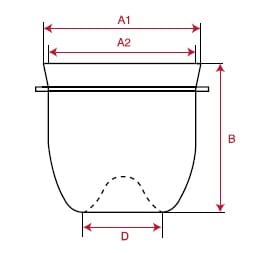
Claisse® Platinum Molds
Code | D2 | A2 | A1 | B | C | Weight |
PT0506 | 30 | 31 | 39 | 6 | 0.6 | 18 |
PT0507 | 30 | 31 | 39 | 6 | 1 | 30 |
PT0508 | 32 | 34 | 42 | 6 | 0.6 | 21 |
PT0509 | 32 | 34 | 42 | 6 | 1 | 36 |
PT0510 | 35 | 37 | 44 | 6 | 0.6 | 25 |
PT0511 | 35 | 37 | 44 | 6 | 0.9 | 48 |
PT0512 | 38 | 41 | 49 | 6 | 0.6 | 29 |
PT0513 | 38 | 41 | 49 | 6 | 0.9 | 48 |
PT0514 | 40 | 42 | 49 | 6 | 0.6 | 34 |
PT0515 | 40 | 42 | 49 | 6 | 0.9 | 48 |
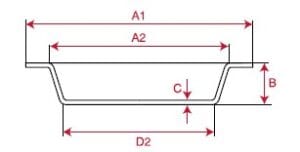


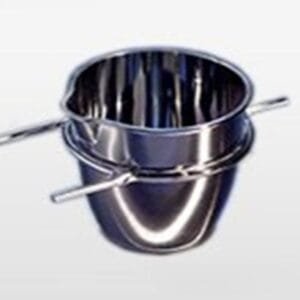
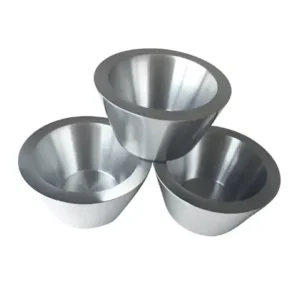
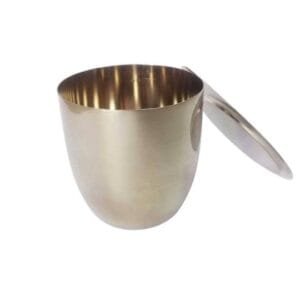
Reviews
There are no reviews yet.